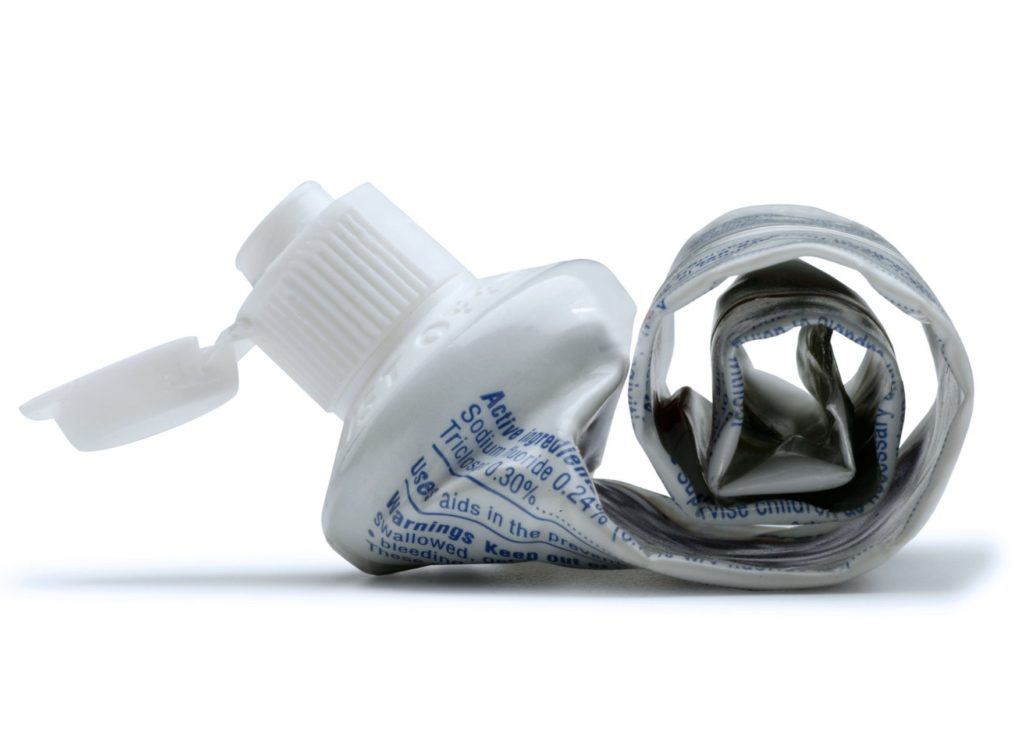Once you have something in SaaS, somewhere on the path from $1m to $10m where you’re either on your way to Initial Scale or getting past it, you’ll often end up with a subtle choice:
Should you go for the extra 10%-20% of growth a year?
 After a few years, a few management team mistakes, and a few cycles, finally it will be repeatable. Net negative churn and renewals will kick in. Your mini-brand will start to drive in a regular stream of leads (more on that here). You’ll be a known vendor, have a decent sales team, a proven product, a steady stream of leads. You’ll more or less know how you’ll do next quarter and maybe even this year, within a wide variance at least.
After a few years, a few management team mistakes, and a few cycles, finally it will be repeatable. Net negative churn and renewals will kick in. Your mini-brand will start to drive in a regular stream of leads (more on that here). You’ll be a known vendor, have a decent sales team, a proven product, a steady stream of leads. You’ll more or less know how you’ll do next quarter and maybe even this year, within a wide variance at least.
You’ll finally, sort of, have some of it dialed in and figured out. Folks will start to get in a groove in the office. Maybe even, you feel pretty good you can go from, say, $8m ARR today to $15m ARR in 12 months or so.
And you’ll have a very tough decision: once the team finally has it figured out — do you mix it up and go for even more growth?
Because with 90%+ of SaaS companies, there’s always a little more growth you can wring out of the system. E.g.,
- You can hire a ton more sales reps. Maybe move from a lead-rich to a lead-poor environment (more on that here). All these new reps, starting from scratch — they’ll be expensive. But they probably can squeeze a bit more revenue out of whatever leads you do have, and hunt down a few more deals you’d otherwise not get into.
- You can start putting more marketing dollars into initiatives that sort of work, but are expensive. Stuff you might otherwise pass on. You’ll get new customers, but your CAC here will be much higher than average.
- You can put a team on market segments and markets where you are weak, but have some early traction. This is expensive. Your CAC here will be much higher.
And each of these efforts will require more management, more directors, and even an additional VP or two.
They’ll cost a lot of money. And a lot of soft costs of trying to do things where you have it … less dialed in. Just when you have sales efficiency and CAC under control … does it make any sense to blow it all up?
Here’s the thing. It does make sense. SaaS revenue compounds. Growing 100% this year instead of 85% is a bit better next year. But if you add in net-negative churn of, say, 120% on the customers you close, and that’s not a 15% gap over time. Over 5 years, it’s 2x better to grow at 100% YoY over 85% with 120% net revenue retention.
But it won’t feel like much today, those extra percents — and it will take a whole lot of money, headaches, work, team meetings, jet flights, and more.
You don’t have to do it. But what if your competitor does it? What if you can cut 2 years off the time to IPO?
Take a break this quarter. Relax just a tiny bit if you are doing well. You can’t be intense every day. And you can remix the team every quarter. It’s just too hard on them. The team needs 6-12 months of consistency.
But maybe, as we look out to Q3 and Q4. Think about what it would take to do 10%-20% better. Ask your VPs and give them a week to think about it. Tell them to pretend money is no object (more on that critical exercise here).
And see if maybe you can do it. You probably can grow even faster. Few of us have it 100% dialed in and optimized in B2B.
And maybe — push through the pain, if you can, to do it. It’s not worth it this year, not really. Not once you’ve finally caught your breath. But it will likely be worth it down the road, if you push through today and squeeze out than extra 10%-20%.

